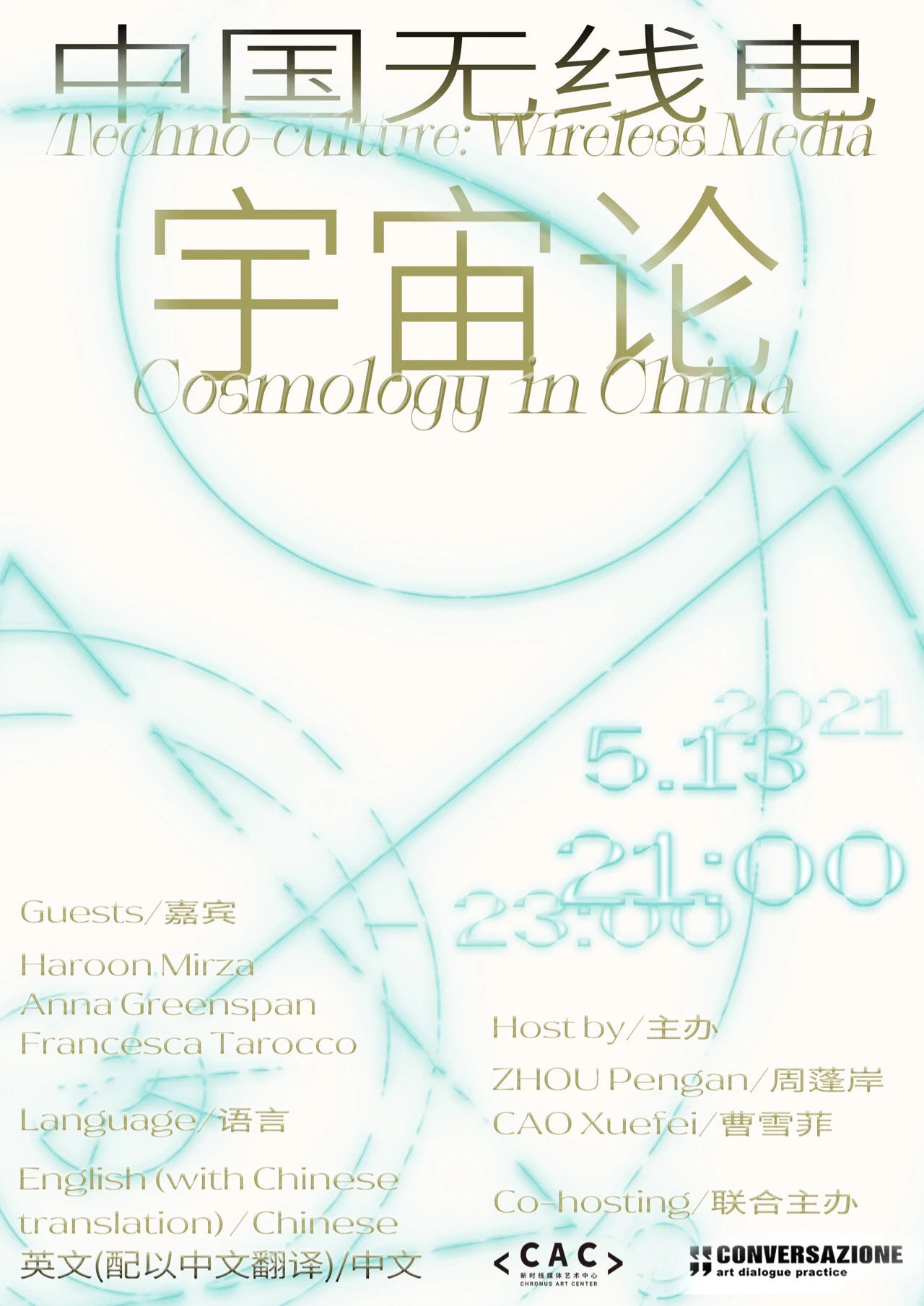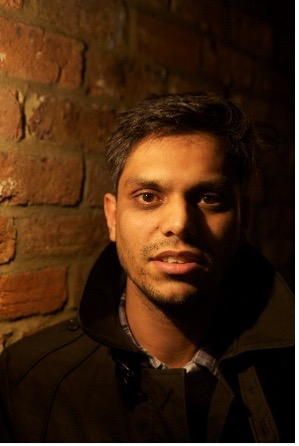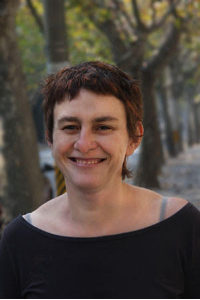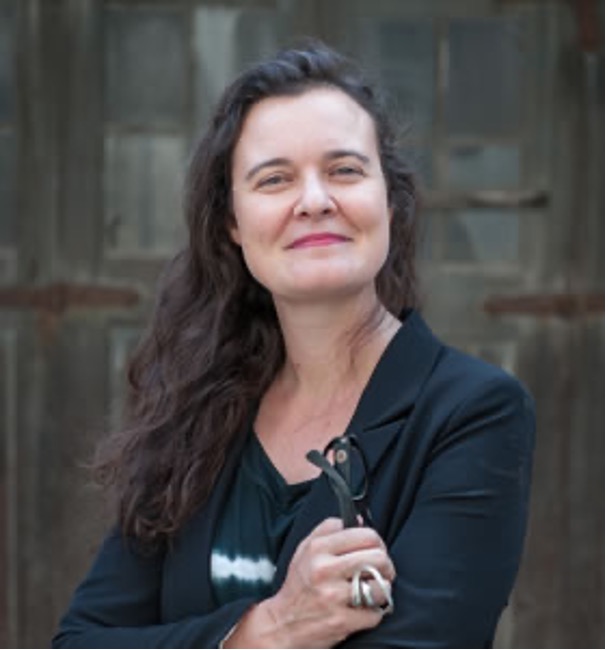CAC × CVSZ Techno-culture: Wireless Media Cosmology in China
Date:
2021.5.13 (Thursday)
Time:
21.00 – 23.00(Beijing Time)
Guests:
Haroon Mirza, Anna Greenspan, Francesca Tarocco
Hosted by
ZHOU Pengan, CAO Xuefei
Co-hosting
Chronus Art Center (CAC)
CVSZ (Conversazione)
Language:
English (with Chinese translation) / Chinese
Event on Zoom
In ancient China, religious cosmology had an impact on social order. Meanwhile, it is also a political theology to maintain social order and hierarchy. A series of scientific discoveries and practices in the 19th and 20th centuries, such as vacuum experiments, electromagnetic induction experiments, electrical lighting, and radio communication, mirrored the Age of Enlightenment and shook religion-dominated understandings of the world. This is also the primary indicator of modernization.
From 1899, when the Qing government began to install wireless transmitters on forts and warships in Guangzhou for military command and deployment, to the launch of Harbin Radio Station, the first radio station operated by Chinese, in 1926, the radio technology in the early Republic of China evolved with time and gave birth to a more modern, non-folkloric mass culture, with the emergence of a group of radio hobbyists. The active situation of the amateur radio community is of significance for us to explore the radio meme/fandom in the early stage of modernization in China.
Since the 1990s, personal wireless communication technology has profoundly changed the daily life of Chinese people. From “holding a cell phone in hand and carrying a BB machine on the waist” to “holding a small smartphone in hand and standing in the wind and rain”, operating wireless communication technology is no longer the patent of a few professionals, but has become a part of the daily life of many people. The emergence of wireless local area networks, smartphones and high-speed mobile networks has also profoundly affected the shape of Chinese technology and internet.
Our lives are surrounded by silent, invisible radio waves. The ubiquitous mobile devices connect us to each other through vibrational and invisible waves. This online discussion co-organized by Chronus Art Center (CAC) and CVSZ will begin with artist Haroon Mirza sharing his creative practices that explore the interplay between sound, light waves and electricity. Anna Greenspan, Professor of Interactive Media Arts at New York University Shanghai, will analyse the significance of the radio technology in Asian philosophy in order to reflect on the interactive relationship among Asian cities, emerging technologies and people. Francesca Tarocco, a scholar working in the area of visual and media culture, will introduce techno-buddhism in terms of the study on visual culture. Software engineer and retro computing researcher Zhou Pengan will join the discussion as a native Chinese researcher to explore the narrative and potential of the development of wireless communication technologies within the background of China.


Haroon Mirza
Haroon Mirza (b. 1977, London) has won international acclaim for installations that test the interplay and friction between sound and light waves and electric current. An advocate of interference (in the sense of electro-acoustic or radio disruption), he creates situations that purposefully cross wires. He describes his role as a composer, manipulating electricity, a live, invisible and volatile phenomenon, to make it dance to a different tune and calling on instruments as varied as household electronics, vinyl and turntables, LEDs, furniture, video footage and existing artworks to behave differently. Processes are left exposed and sounds occupy space in an unruly way, testing codes of conduct and charging the atmosphere. Mirza asks us to reconsider the perceptual distinctions between noise, sound and music, and draws into question the categorisation of cultural forms. “All music is organised sound or organised noise,” he says. “So as long as you’re organising acoustic material, it’s just the perception and the context that defines it as music or noise or sound or just a nuisance” (2013).

Anna Greenspan
Anna Greenspan is an Assistant Professor of Contemporary Global Media, NYU Shanghai; Global Network Assistant Professor, NYU. She holds a PhD in Continental Philosophy from Warwick University, UK. While at Warwick, Anna was a founding member of the Cybernetic Culture Research Unit (CCRU). Her research focuses on urban China and emerging media. Anna was the co-founder of the Shanghai Studies Society as well as the research hub Hacked Matter. She also runs a digital humanities project, Moveable Feasts, that maps Shanghai’s street food. Her latest book Shanghai Future: Modernity Remade was published by Oxford University Press in 2014. Anna is currently working on a book on China and the Wireless Wave. She maintains a personal website at www.annagreenspan.com

Francesca Tarocco
Francesca Tarocco is an Associate Professor at Ca’ Foscari University of Venice and a Visiting Associate Professor of Buddhist Cultures at NYU Shanghai. She is a scholar of Chinese Buddhism, visual and material culture and the author of The Cultural Practices of Modern Chinese Buddhism and of Altar Modern: Buddhism and Technology in the Chinese World (forthcoming). Tarocco is the co-founder and director of the international research initiative Shanghai Studies Society and a fellow of the Critical Collaborations network at the Institute for Advanced Study (NYU). She is the recipient of awards from the Leverhulme Trust, the Sutasoma Foundation and the Chinese Ministry of Education, among many others. Tarocco is a frequent contributor to multiple exhibition catalogues and art magazines.